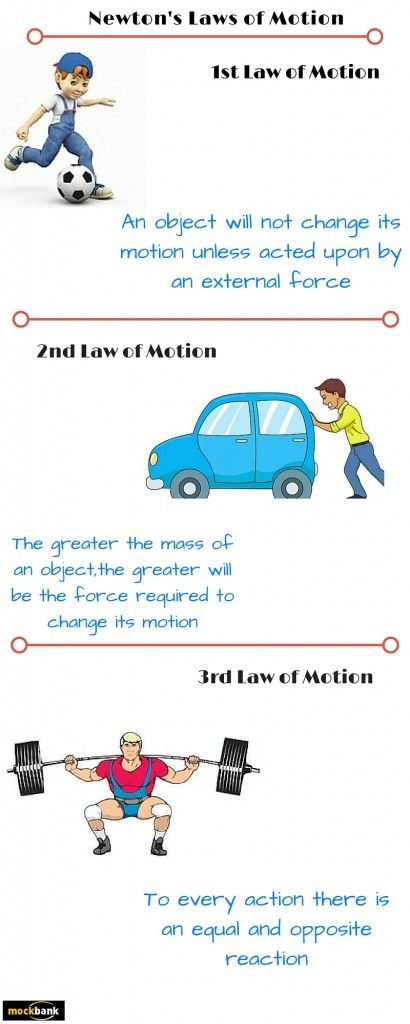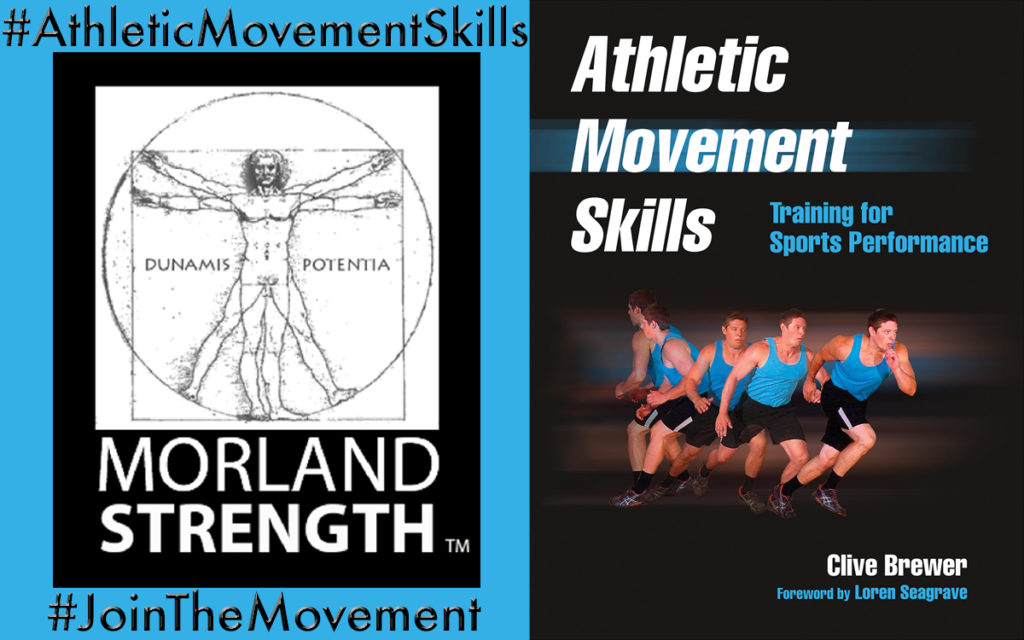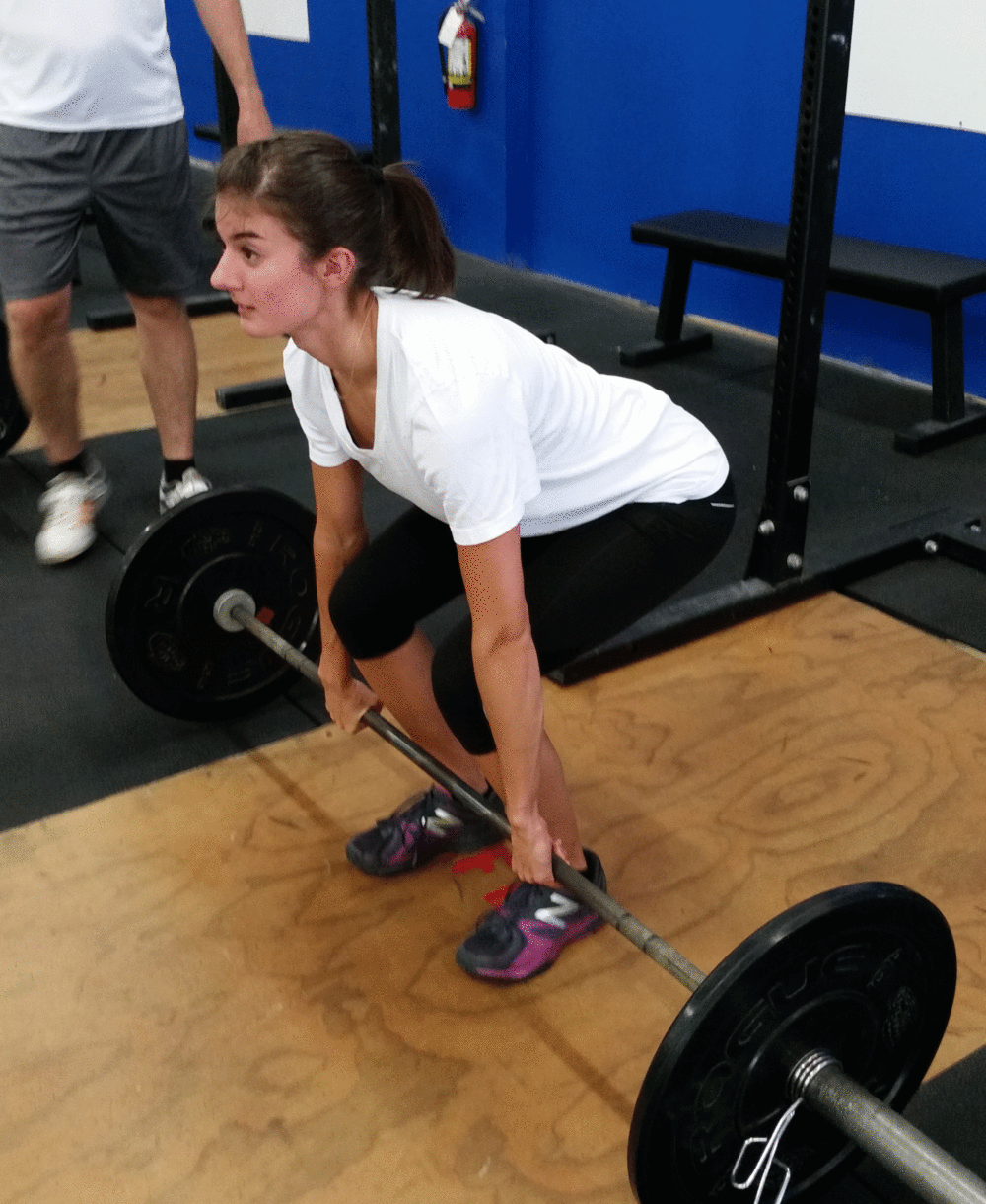Chapter 4: Efficiently Controlling Forces: Mechanical Functions of Movement
Main Purpose: Understanding the importance of forces in determining the observable outcome of a sporting movement.
Key Points:
-
Three Laws of Motion
- Inertia, Acceleration, Action-Reaction
-
Multidirectional Movement
- Relationship between the COM and stability/mobility
-
Forces
- External, Internal, Rotational
- Muscular structure and force production
For those reading Athletic Movement Skills along with us, chapter four can seem daunting. Once ‘physics’ joins the mix, most run for the hills (I know, I’m in Physics II right now; the struggle is real). However, Clive does an excellent job of paring down the subject matter to how it applies biomechanically to sport movements. Luckily for athletic development specialists, we are not required to be physicists, we simply must conceptually understand and appreciate the effect of forces applied to and produced by athletes. This will be a very brief overview of the chapter, so please feel free to leave comments with additional questions!
Let’s dive right in: Newton’s Laws. Feel free to look up the originals, I’m going to summarize them as they apply to athletic movement:
- Law of Inertia: an object will continue in its state of motion unless and external force acts on it. In the case of athletics, the external forces of gravity and friction will always come into play.
- Law of Acceleration: in a nutshell, Force = Mass x Acceleration. The important concept to grasp here is that since objects’ masses rarely change in sport, force and acceleration are directly related. To increase object acceleration, the force applied must also increase. Another part of this law is the relationship between force and velocity, Power = Force x Velocity (speed). In this case, force and velocity exhibit an inverse relationship; power can be increased by either increasing the velocity at which a given force is produced, or increasing the force produced at a given velocity.
- Law of Action and Reaction: for every force exerted, there is an equal and opposite reaction force that occurs simultaneously. This is the reason why technique is so important in sport movements! How an athlete’s foot strikes the ground or a sport object has an equal reaction on their body and can influence how they produce subsequent movements.
Are you still with me? I’m going to take a moment to touch on the section about multidirectional movement. The direction of locomotor movement is highly dependent on the angle of force directed into the ground. Which part of the foot should an athlete push off to block a soccer ball coming in from the right? To cut toward the left to avoid an opponent? These angles can be the difference between a great play and an injury.
The key players in this situation are center of mass (COM), stability, and mobility. The COM is the point on the human body that can be used to determine responses to outside forces; and FUN FACT: humans can alter where their COM is based on body position (think: tucking in skiing v. flop in a high jump). Most of us have experienced what relates the COM to stability: the base of support (BOS)! When the BOS increases, the COM becomes lower, and the body is more stable. Hence, it’s easier to stand with the feet shoulder width apart in a slight stagger than to balance on one foot. The relationship between the COM and mobility is a little trickier, but can be a great asset when training athletes with longer or shorter limbs. For example, taller athletes who struggle to get full range in a parallel squat can see improvements by holding the weight overhead. This raises the COM and allows for a more upright trunk position. Feel free to take a short break from reading and test out these relationships for yourself, but don’t forget to come back! I have just two major points left!
The first is a little more physics; let’s talk more in depth about forces. In sport, athletes deal with three major external forces: gravity, friction, and collision (with objects or other players). Gravity is a force that coaches must always be aware of. If the athlete is unable to maintain posture in optimal alignment to resist the force of gravity, their movements will be less efficient. Friction is considered primarily in equipment and shoes, or in sports where velocity is key and friction from the air or water impacts the athlete’s momentum. The effects of collision imply that athletes must possess the postural integrity to resist forces greater than their own body weight. This is most important in preventing injury.
Practitioners can prepare athletes for external forces, but internal forces can be harnessed and controlled by the athlete. Being able to control the number of motor units recruited, as well as maintain proper technique through concentric, eccentric, and isometric muscle actions will improve the performance of athletes.
The final piece of this biomechanical puzzle is understanding muscle structure and force production. Different muscles have different shapes and striations, meaning that they produce specific relative forces in certain directions. Understanding these relationships within the athlete’s musculature can lead to coaching more efficient, controlled movement. This control aids in the athlete’s maintenance of equilibrium during movements that create rotational forces at the joints.
This chapter was full of information that is foundational to any coach’s understanding of how their athletes’ bodies move. The basic understanding and appreciation of the body’s physics (i.e. biomechanics) allows coaches to educate athletes about their bodies and train them according to their individual anatomy and neuromuscular control regarding Newton’s Laws. I look forward to reading more, and sharing how all of this applies to postural control. Stay tuned!
What do you think about the Athletic Movement Skills Series? Could you add a comment or question for Coach Blaser below? Our team of bloggers would like to know your feedback. When you submit a comment our goal is to post it within 24 hours. Thanks for your feedback!
“The views, opinions, and judgments expressed in this message are solely those of the authors and peer reviewers. This content has been reviewed by a team of contributors but not approved by any other outside entity including the Roman Catholic Diocese of Raleigh.”


